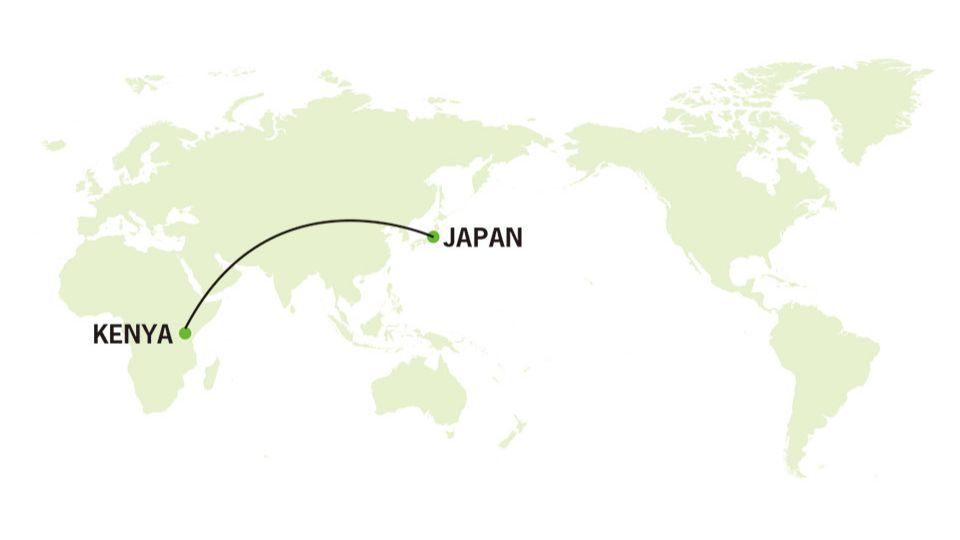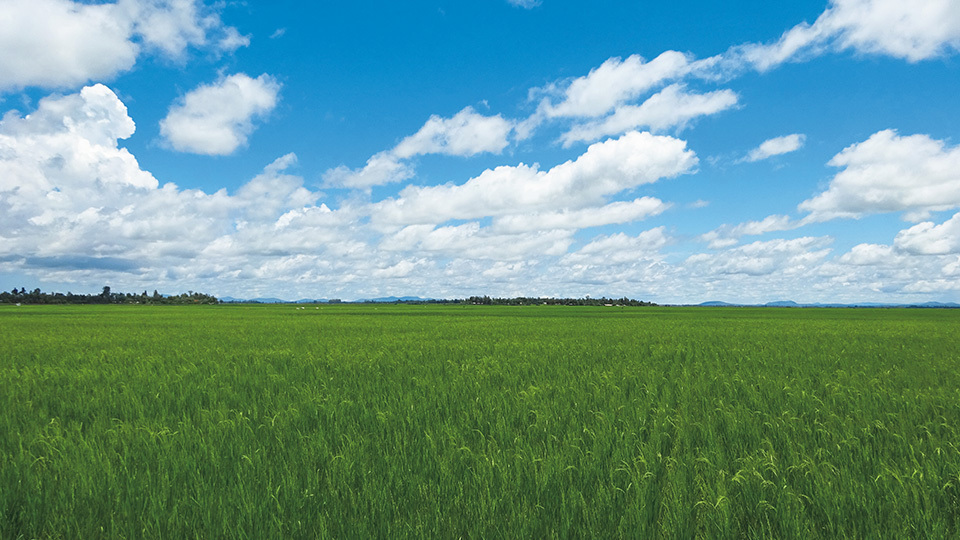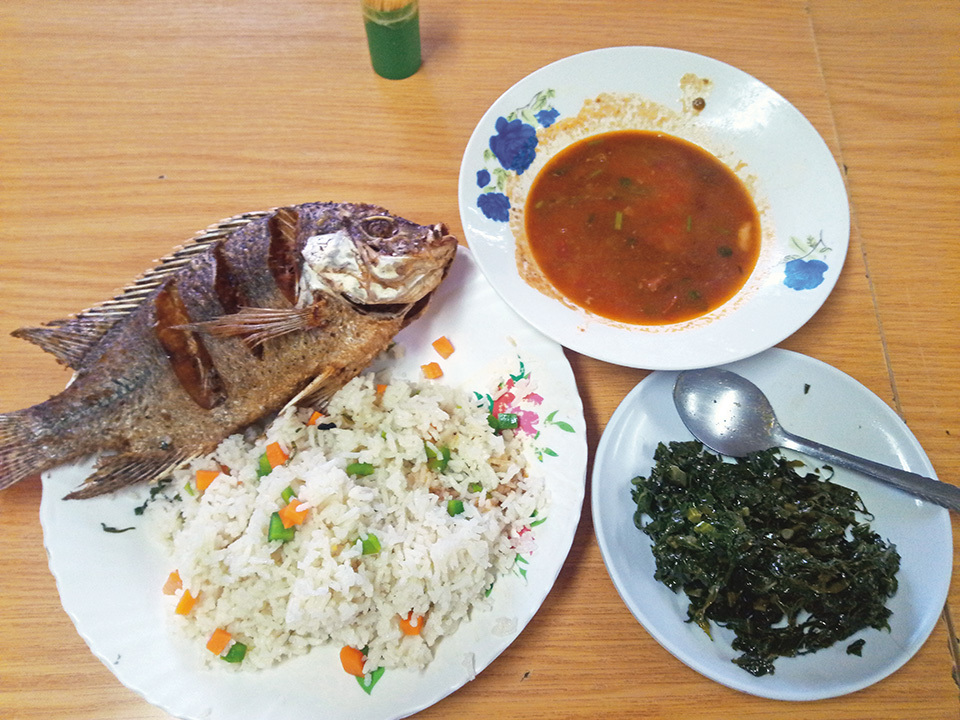Irrigation expert YAMADA Junichiro, dispatched from Japan to the Government of Kenya to improve that country’s rice producing capacity, is advancing close-knit support for Kenya through human exchange and contributing to the future of its agriculture
“When a farmer tells me how Japanese aid activities are gradually improving everyday food lifestyles or giving people educations that were never possible before, I find it very rewarding,” says irrigation expert YAMADA Junichiro, a professional agricultural engineer, who has been dispatched from Japan to Kenya. Yamada, currently stationed at the national Ministry of Water & Sanitation and Irrigation, is engaged in agricultural policy related to surveying and planning.
Located on the east coast of Africa, the Republic of Kenya generates roughly 40% of its GDP through agriculture, forestry and fisheries, and these industries employ more than 40% of its workforce. The traditional staple food of Kenya is ugali, made from cornmeal, but in recent years, the consumption of rice has been growing due to its great taste and simple preparation. However, Kenya’s self-sufficiency ratio of rice is only 10% or more, and the improvement of Kenya’s rice production capacity has become an urgent issue.[1]
As most of Kenya is arid or semi-arid land, irrigation is essential for expanding agricultural land. In 2017, the Kenyan government set the objective of at least doubling the area of irrigated land over the period from 2018 to 2022.


The Mwea Irrigation Scheme is Kenya’s largest rice paddy region. Japan is providing support in multiple ways, including not only irrigation but also new rice strain development and cultivation techniques.
Japan has assisted in those irrigation development efforts as part of the economic and technical assistance provided to Kenya over the years. Significant results have been achieved so far, particularly in the Mwea Irrigation Scheme, Kenya’s largest paddy rice cultivation area, through such initiatives as Smallholder Horticulture Empowerment & Promotion (SHEP), which supports small-scale farmers, and Coalition for African Rice Development (CARD), which supports autonomous efforts aiming at expanding rice production. Those initiatives led to the launch of a scheme to dispatch abundantly experienced experts to governments there, with the aim to provide training and further strengthen collaboration with Japan. Yamada was dispatched to Kenya in May 2018. As rice is a traditional staple in Japan, paddy rice cultivation has a long history there. That accumulated knowhow has proved useful in Kenya, not only in infrastructural development such as rice paddy construction, but also for such tasks as providing technical guidance for farmers.
However, “Kenya cannot simply apply techniques from Japan or other parts of Africa without making any adjustments,” explains Yamada. “Properly listening to the local governments and farmers is particularly important. My advice must be appropriately suited for the specific local regions, since the needs and outlook of each region are shaped by its unique characteristics and circumstances. Therefore, my stance is always to work together with the local people. Also, I share the challenging aspects of projects with my associates back in Japan so that it may provide a flow-on effect for future activities.”
Yamada has actively visited each region of Kenya to listen first-hand to what farmers have to say. As people recognize JICA’s long-standing contribution and find him easy to talk to, he has built friendly relationships. By seeing the improvements in quality of life brought by greater production capacity, farmers in Kenya are becoming more motivated, which is positively improving the results from the aid provided.
Launched in early 2019, the Capacity Development Project for Enhancement of Rice Production in Irrigation Schemes (CaDPERP) is providing further support to the national government for rice production in Mwea. This project is also advancing irrigation development along the eastern shore of Lake Victoria, which is another area with high potential for paddy rice cultivation.
Reiterating how enthusiastic both the government and the farmers are in Kenya, Yamada says, “Kenya has both ample land area and water resources, giving it excellent agricultural potential. With Japan’s assistance, I think Kenya can further develop its agriculture, which will contribute to raising its overall standard of living.”
[1] Economic Survey 2019, 2019, by Kenya National Bureau of Statistics.

In the Mwea Irrigation Scheme, the construction of a dam and waterways is steadily proceeding as a Japanese ODA loan project.

It is now common to eat rice together with meat and vegetables in Kenya.






























